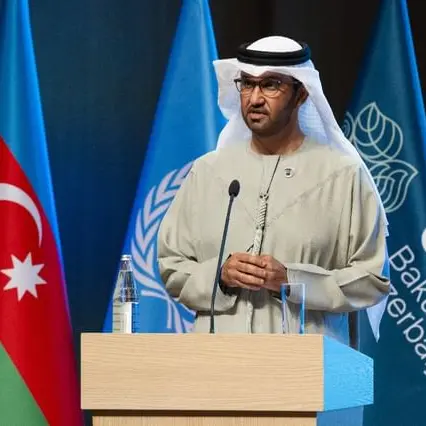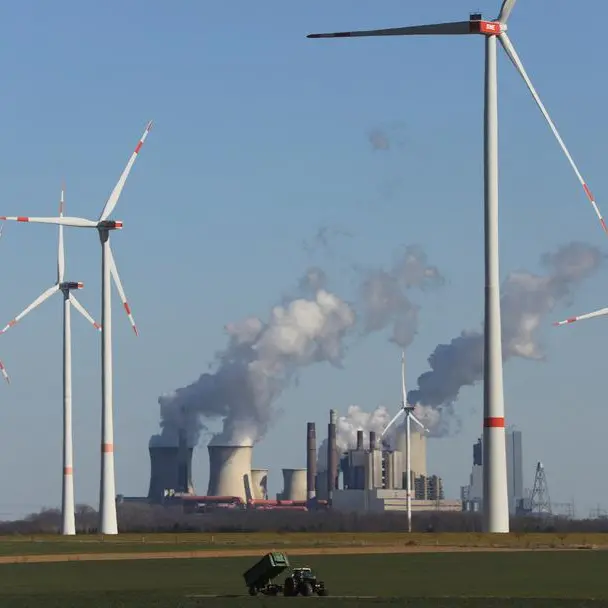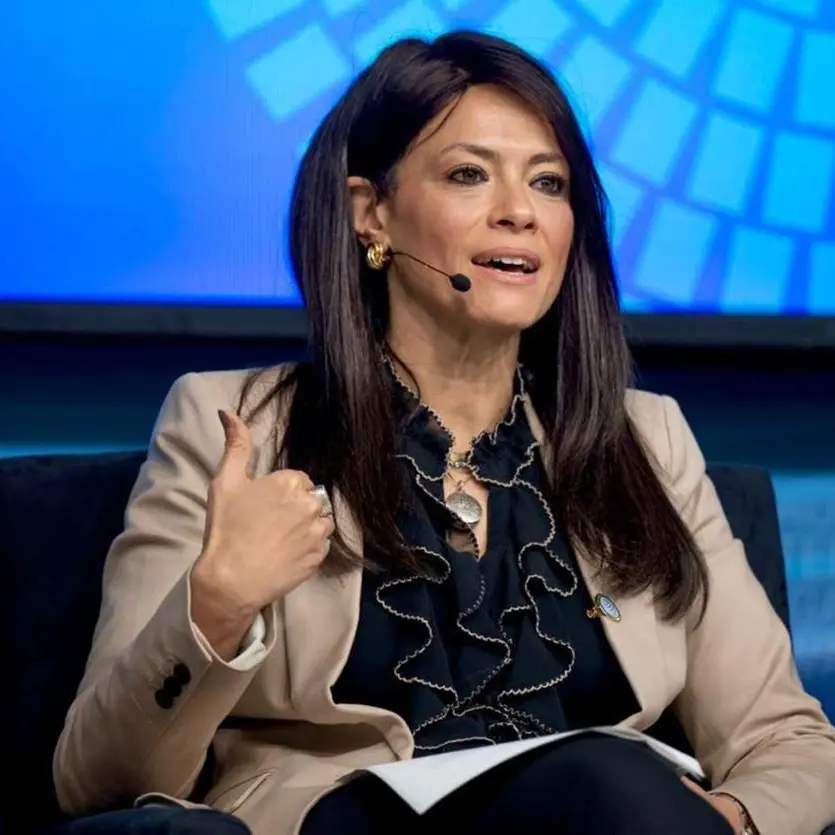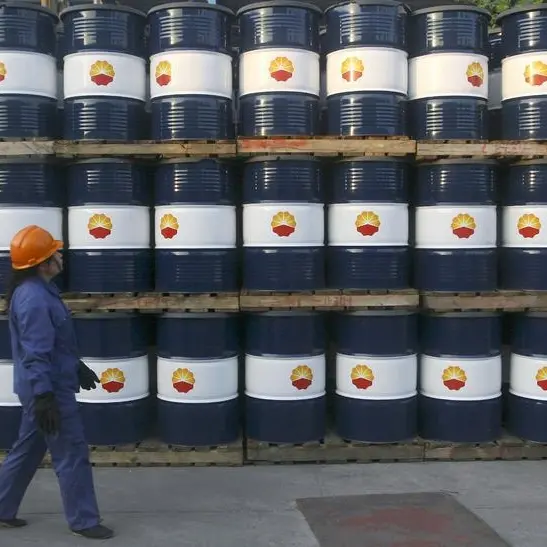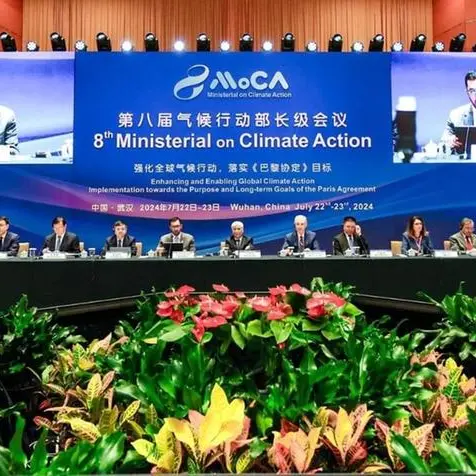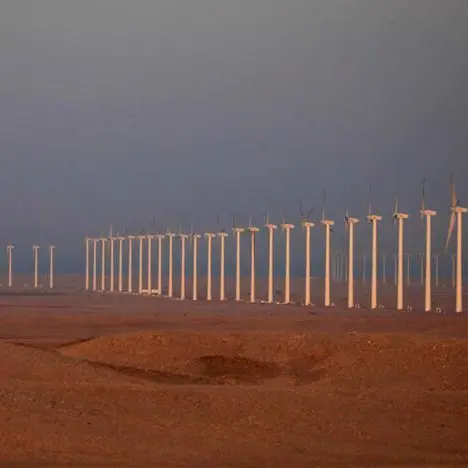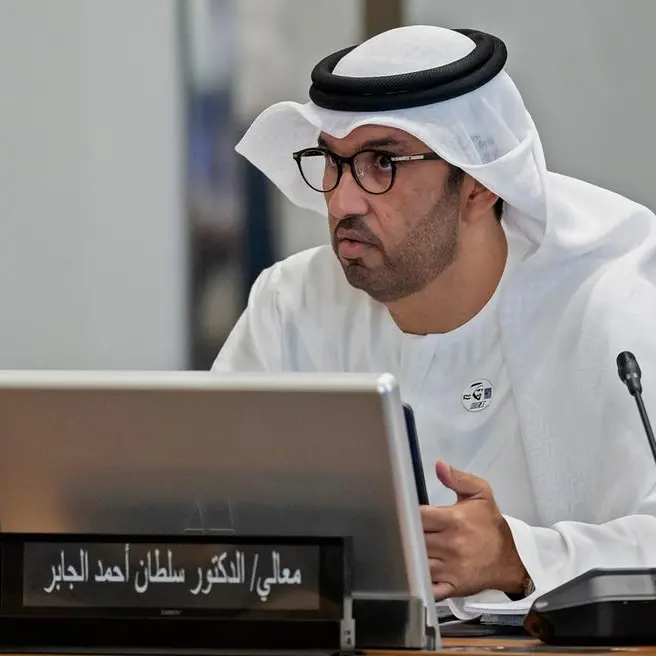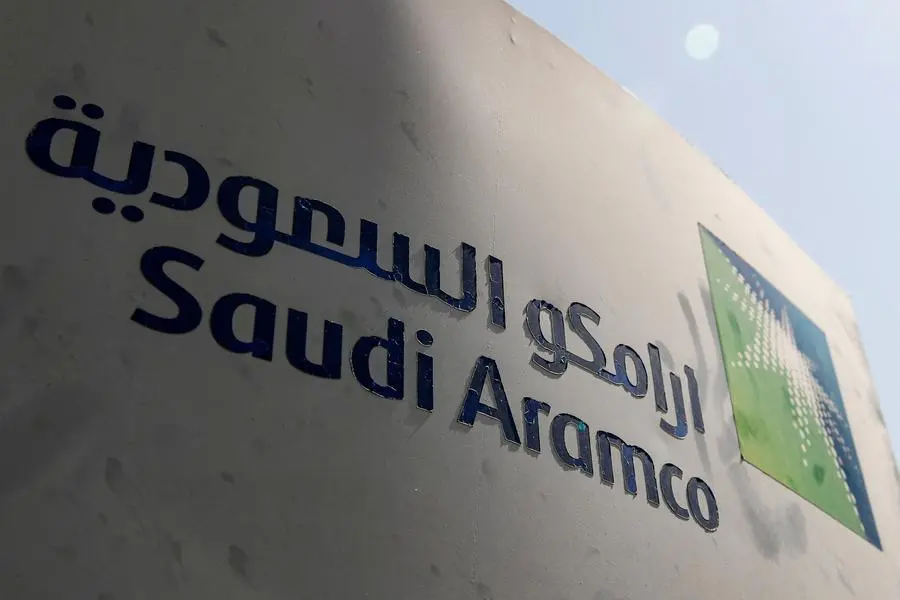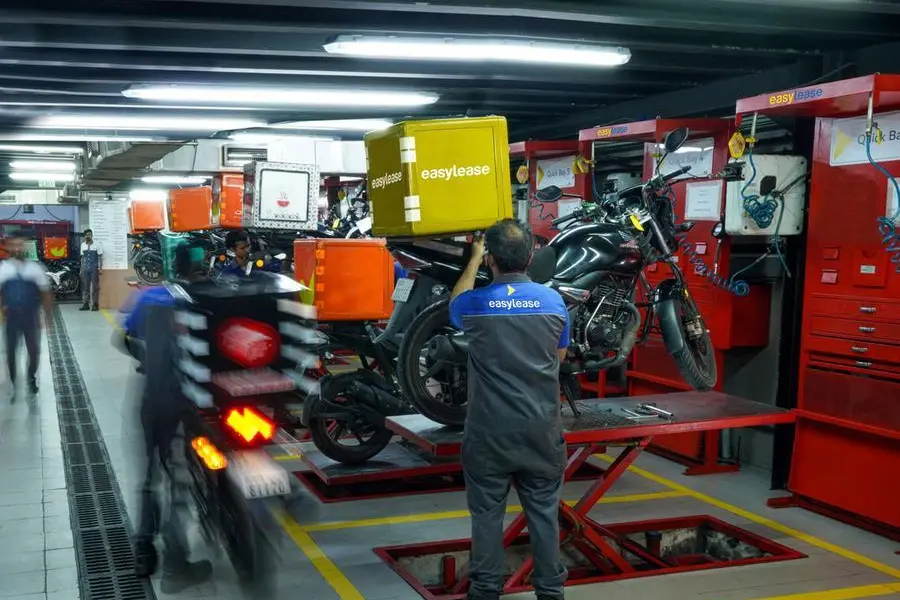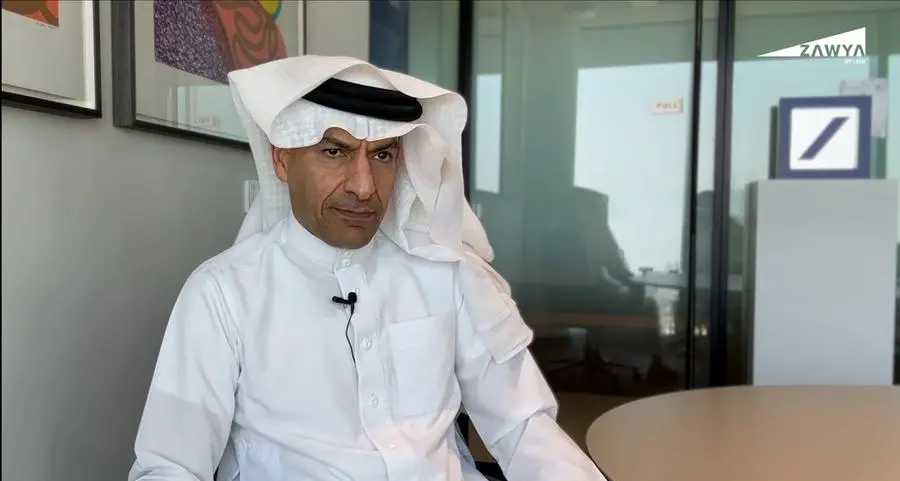PHOTO
District cooling is one of the best solutions to keep cities cool without heating the planet. The system typically saves up to 50 per cent of energy compared to conventional cooling systems, a subject-matter expert noted as COP28 wraps up in Dubai today.
According to the UN Environment Programme, rising temperatures are leading to growing demand for cooling systems, such as air-conditioners and refrigerators, which consume massive amounts of energy and often use refrigerants that warm the planet. Conventional cooling, such as ACs, is a major driver of climate change, responsible for more than 7 per cent of global greenhouse gas emissions.
“Not only is district cooling a much more efficient way of cooling cities than the typical air conditioning units, but it also supports the transition towards more climate-friendly refrigerants and avoids heat islands in cities such as Dubai,” Ziad Al Bawaliz from Danfoss, a Danish company producing energy-efficient technologies, told Khaleej Times on the sidelines of the climate change conference.
Explaining the district cooling process, Al Bawaliz, the regional president at Danfoss’ Turkey and, the Middle East and Africa, said: “In most cases, chilled water is supplied from a central, electrically powered chiller and circulated to buildings through pipelines. Thermal storage opportunities in district cooling networks enable shifting cold-water production away from peak hours and adapting to variable renewable energies. Centralised plants help professionalise refrigerant management and support the move towards more climate-friendly refrigerants.”
Al Bawaliz praised the UAE and the region’s leading role in pioneering climate initiatives and noted that Danfoss is working on several projects with UAE-based district cooling company Tabreed.
“Cooling is an important topic all around the world, but particularly in the GCC region, which is warming about twice as fast as the global average,” Al Bawaliz highlighted.
According to the first-ever Global Cooling Watch Report launched at COP28, cooling demand could triple by 2050.
“This would lead to a doubling of greenhouse gas emissions from cooling by 2050, which is equivalent to more than the total annual greenhouse gas emissions of the US today,” Al Bawaliz noted.
At COP28, more than 60 countries took a Global Cooling Pledge to reduce the climate impact of the cooling sector. The pledge is the world’s first collective focus on reducing emissions from cooling, including cold chain and space cooling.
“We are pleased to see the commitments made by governments through the pledge and consider this a brave step, but we must also see action on cooling. We need to implement the technologies, which are readily available today, and make it a priority to invest in sustainable, energy-efficient, and climate-friendly cooling technologies.”
Near zero emission cooling
Al Bawaliz said that emissions in 2050 could be cut by 97 per cent with readily available technology.
“District cooling is one of the most promising and efficient ways to cool and decarbonise buildings. It typically saves up to 50 per cent of energy compared to conventional cooling systems. Similar trends are expected for cold chain and refrigeration applications as electricity use is set to grow significantly with the much-needed expansion of the cold chain to provide food, medicine, and vaccines for a growing population.”
According to a new study by Danfoss, using energy at the right time can save 40 million tonnes of CO2 emissions annually in the UK and EU.
“The deployment of demand-side flexibility technologies can lower demand during expensive peak hours and reduce the amount of fossil fuels in the energy mix. According to our analysis from the EU and UK, using energy at the right time through a roll-out of demand-side flexibility technology can save 40 million tonnes of CO2 emissions each year by 2030 in those countries alone. In fact, the average consumer could save 7 per cent on their electricity bill by 2030 and 10 per cent by 2050. Given the vast investments being made in sustainability and renewable energy by GCC countries, there is no reason why this logic could not apply also to other electricity markets across the world such as the UAE.”
Copyright © 2022 Khaleej Times. All Rights Reserved. Provided by SyndiGate Media Inc. (Syndigate.info).

